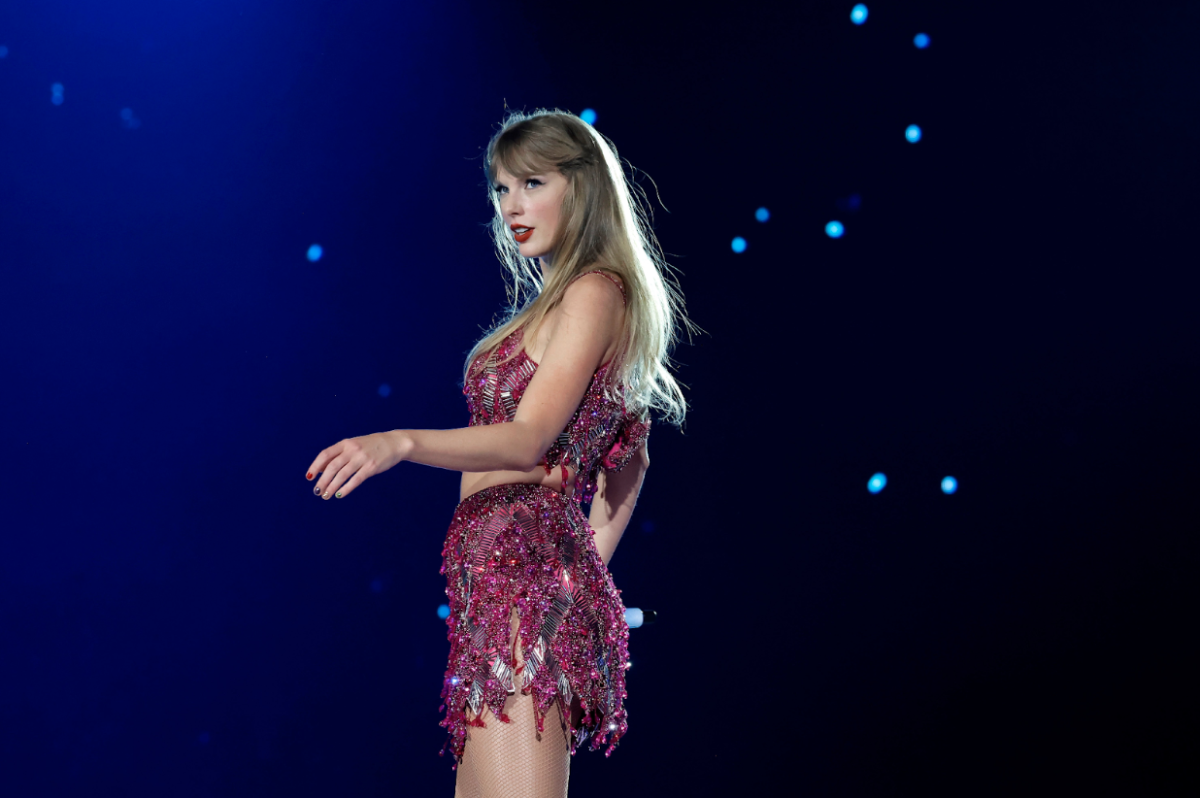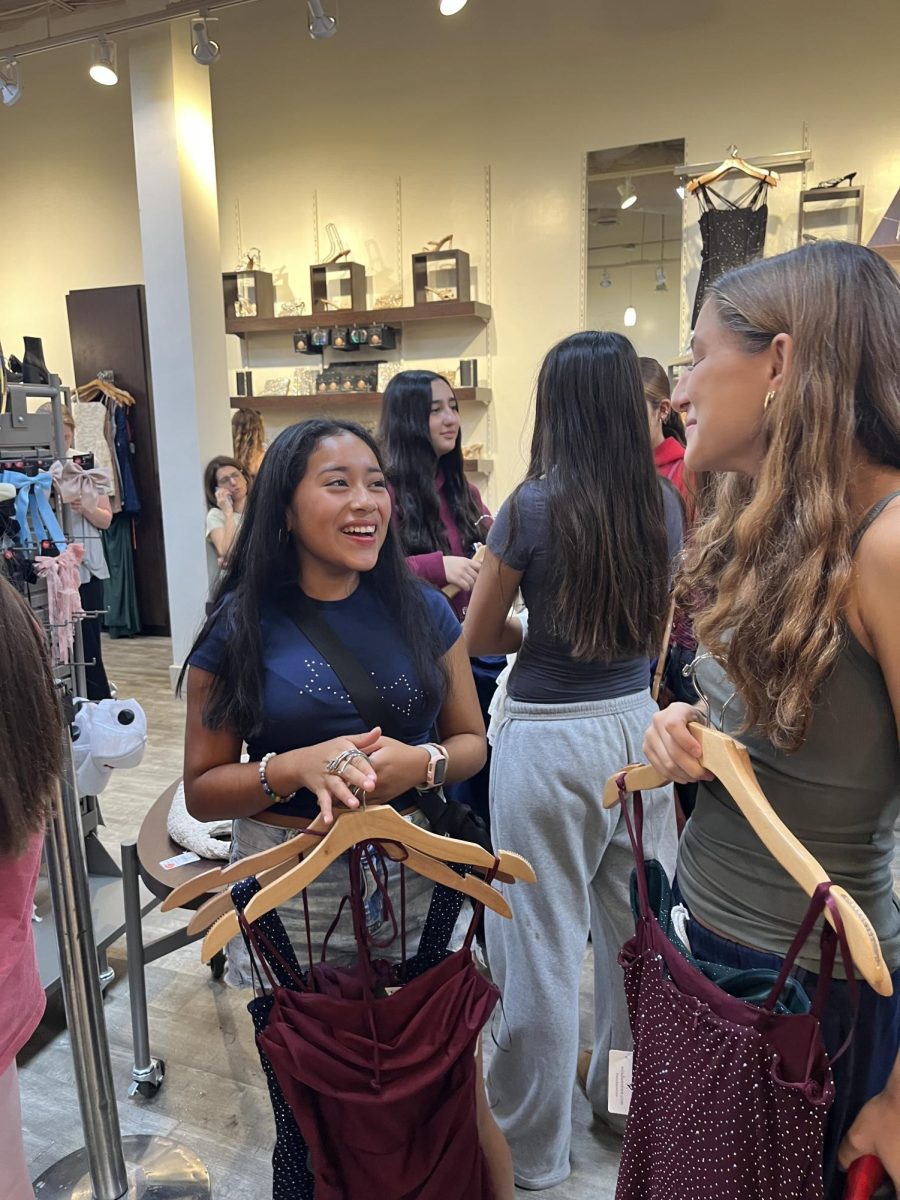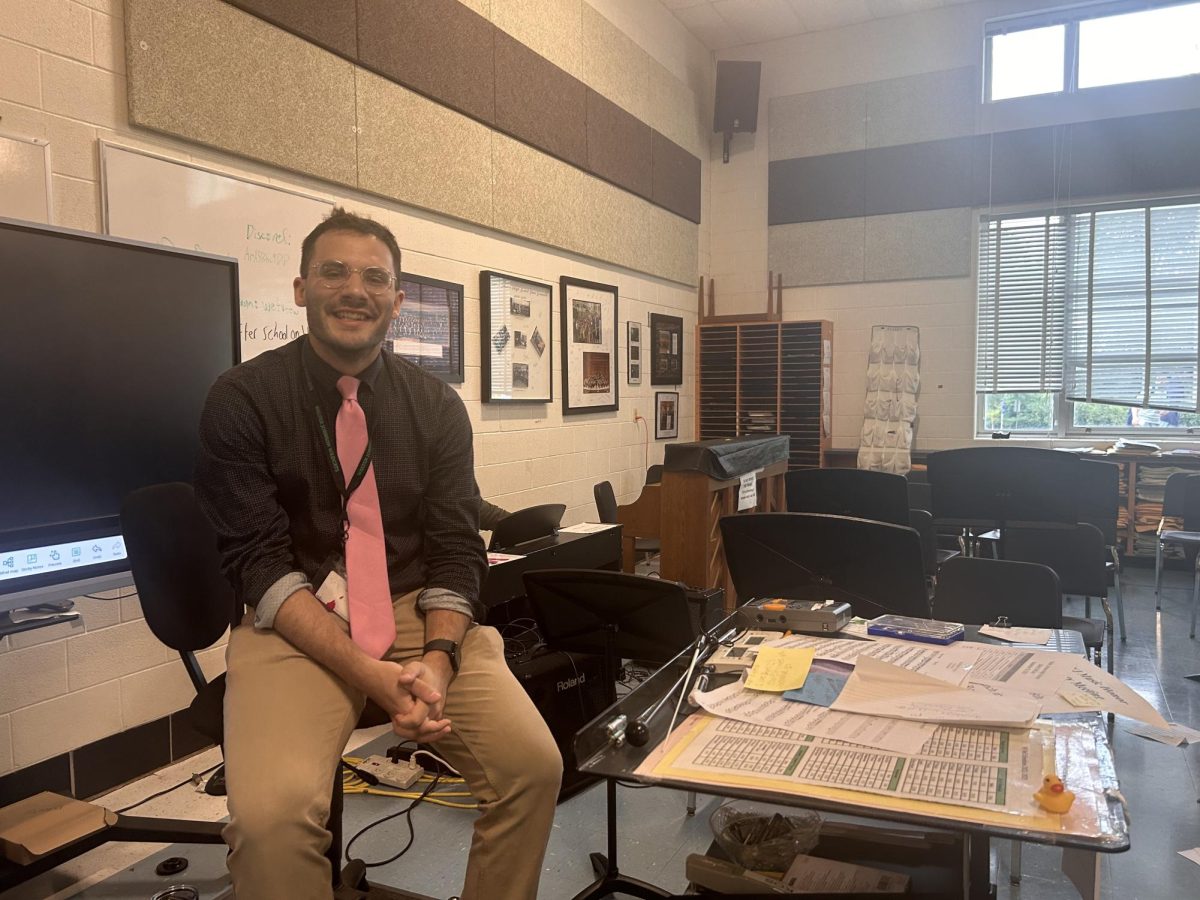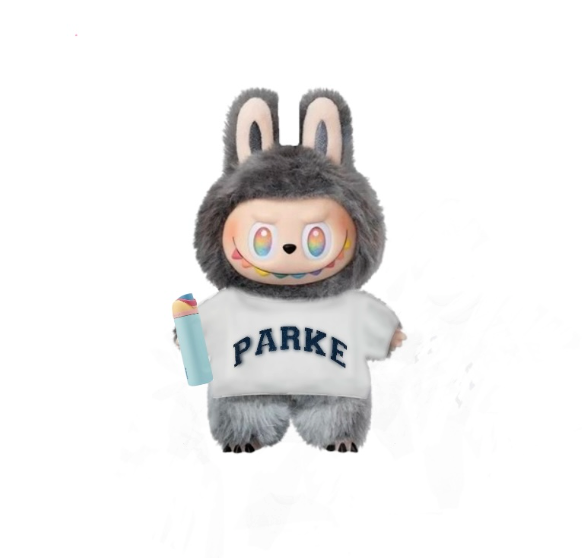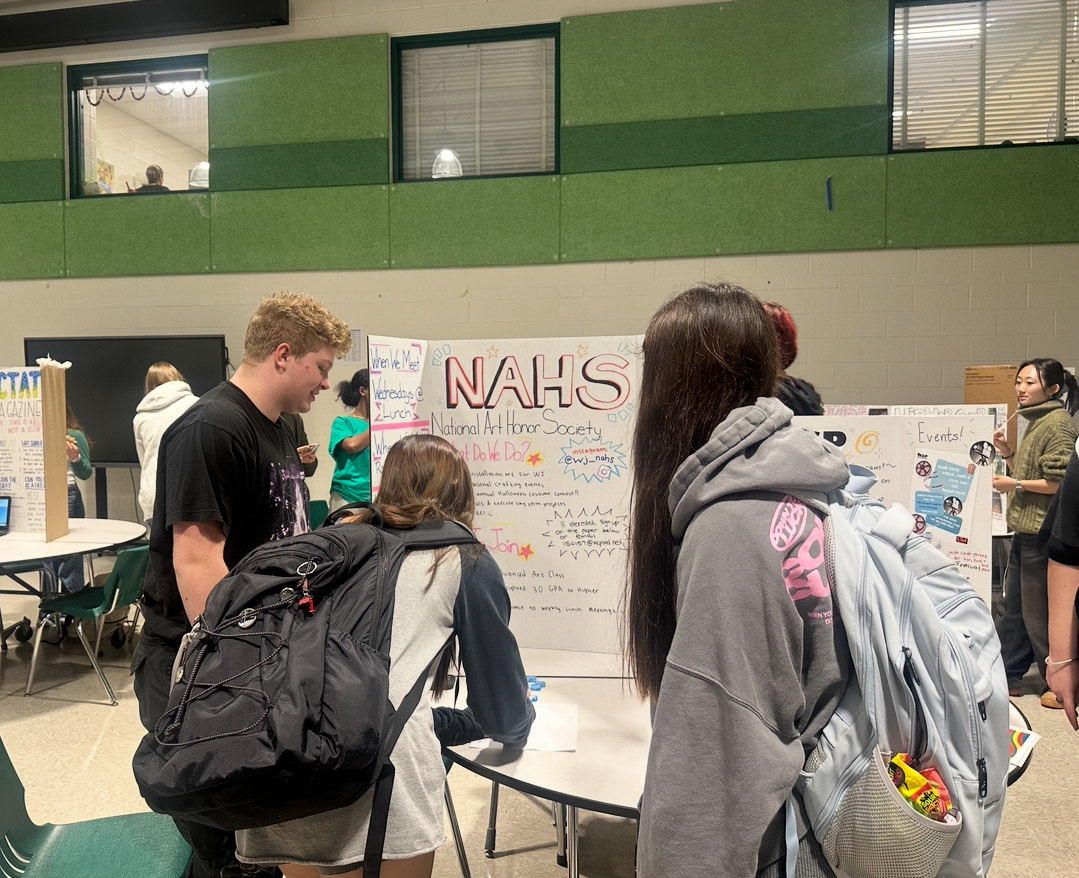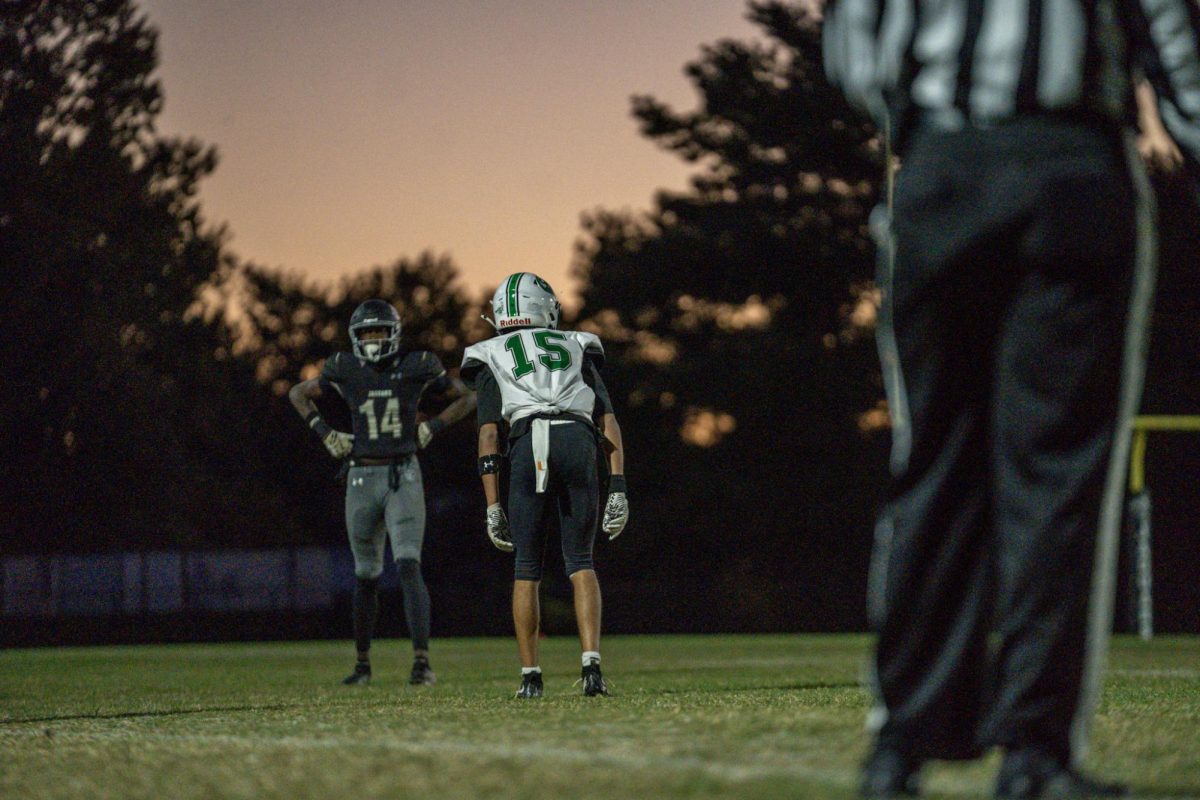After 13 years of watching Earth’s mightiest heroes clash with big grey CGI villains, the studio has finally given the people what they’ve really wanted this whole time: the two strongest Avengers playing the ukulele, washing dishes, and rocking babies to sleep.
WandaVision is now the highest-rated Marvel project on Rotten Tomatoes and is undoubtedly a massive improvement over the studio’s ABC-like shows of the past. Disney+ has given Marvel the freedom to tell stories in an entirely new way. Instead of having to craft their universe in three-act, two-hour installments, Marvel can weave longer tales with no pressure to include a giant fight scene or cameo in every episode. Just like Star Wars’s Mandalorian, Wandavision aired Fridays on Disney+.
In a word, Wandavision has been refreshing. After several years of high-stakes intergalactic installments, it’s heartwarming to see Wanda Maximoff (Elizabeth Olsen) and The Vision (Paul Bettany) have some time to themselves. Marvel’s first “sitcom” turned out to be a meta-commentary on sitcoms themselves, moving through the decades and parodying sitcom tropes like the laugh track, the offscreen husband, the rapidly-aging kids, all culminating in a classic MCU final battle.
Wanda finally gets to ditch her Sokovian accent and brooding demeanor — at least for a few episodes. Vision, whose character started as a Siri-Esque robot assistant in the 2008 Iron Man, now plays a sitcom dad. Wandavision also brings back an unlikely group of background characters from various movies, such as FBI agent/close-up magician Jimmy Woo, quirky physicist Darcy Lewis and the daughter of Captain Marvel’s friend Maria, Monica Rambeau.
These characters are more relatable to the audience than anyone else in a Marvel project thus far. This is because, just like the audience, they don’t know what the heck is going on! Why is it a sitcom? Why are there hexagons everywhere? How did the twins age so fast? How is Vision even alive? What is Evan Peters doing here? In an extremely meta-reference to the Marvel fandom’s many online theorists, the characters in the show engaged in the same speculation as the audience. Week after week, we were left with even more questions than we had before, and eagerly yearned for the next half-hour installment. Twitter lit up with theories, reviews and memes. #WandaVision had become a perennial Friday morning Twitter trend. For me personally, WandaVision has filled the void in my heart left by “The Baby Yoda Show” (The Mandalorian), and renewed my interest in the Marvel Cinematic Universe.
Coming off the heels of the highest-grossing movie of all time as well as a global pandemic, Marvel has started their “Phase Four” off with a bang. Not an especially loud, flashy or cameo-filled bang, but a bang nonetheless. This show has reminded us that, just like in the comics, a superhero’s best moments are not when they’re fighting CGI aliens or collecting infinity stones. They shine in their more intimate moments when we as mortals in the audience can look at all-powerful witches and vibranium synthezoids and say, “Now those are characters I can relate to.”



